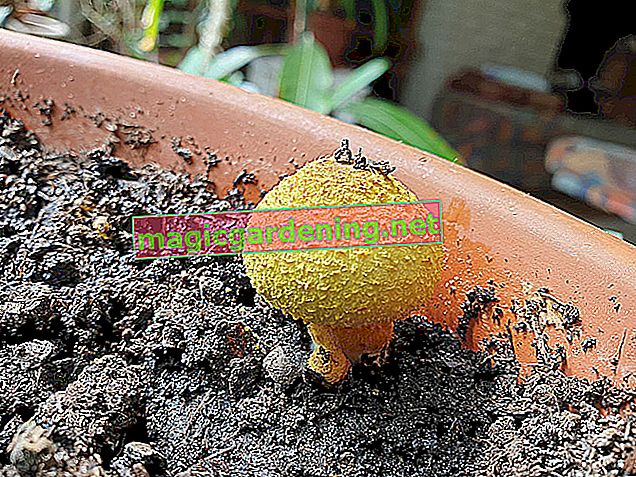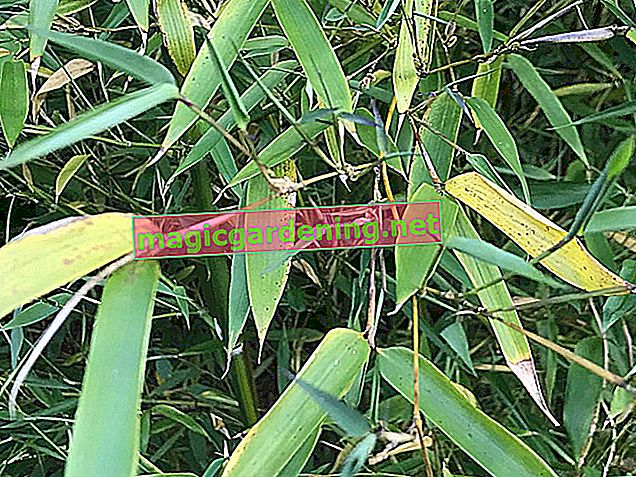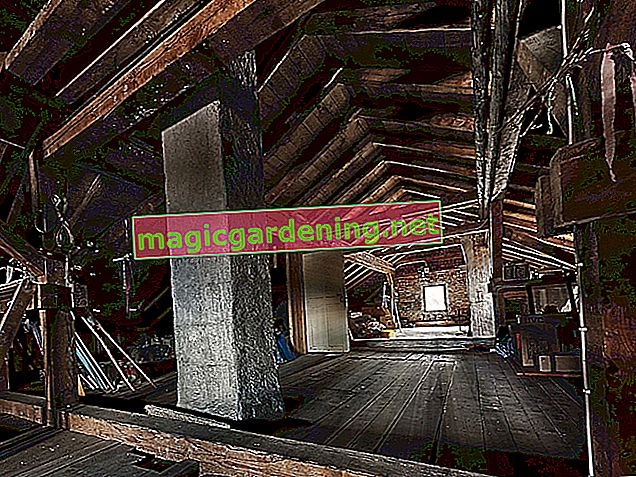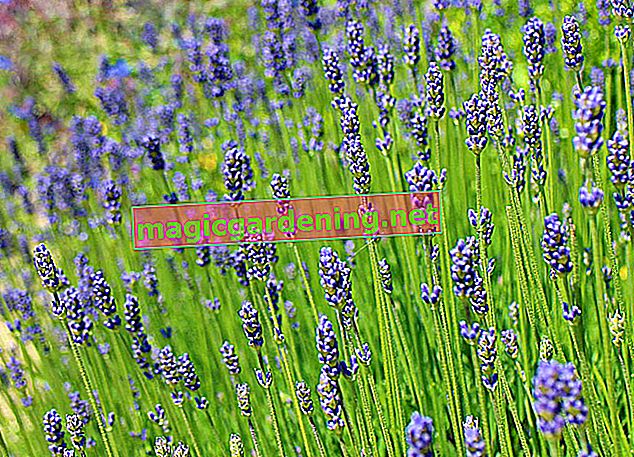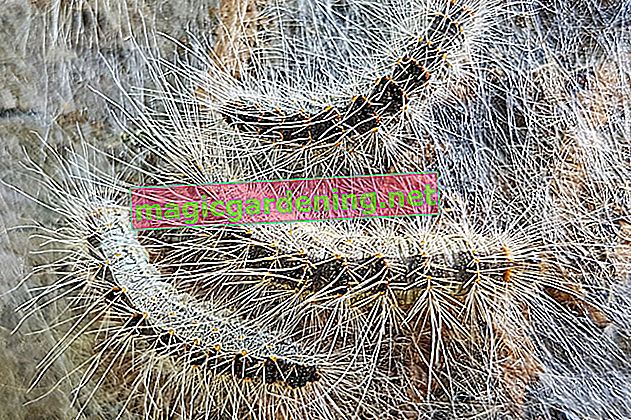
Hot rotting kills moss spores
If combed-out moss is piled up in a pile, rot and mold develop instead of the hoped-for organic fertilizer that smells of fresh forest soil. Furthermore, the spores are retained so that they can spread cheerfully in the garden. In contrast to this, an exemplary compost heap develops a spore-destroying, hot compost at 50-60 degrees Celsius, in the course of which moss is also processed into valuable compost. How to properly incorporate moss into your compost heap:
- Spread moss scarified from mossy lawn in thin layers on the compost heap
- Sprinkle with algae lime or rock flour (€ 14.95 at Amazon *)
- Compost alternately with other organic materials and some garden soil
also read
- Moss in a jar - tips and tricks for decoration
- How to remove moss from concrete - tips and tricks
- When does iron fertilizer really help against moss? - Tips against moss-covered lawns
Please ensure that the lower layer of the compost heap is in contact with the ground and consists of coarse materials, such as shredded wood cuttings. This is the only way for microorganisms and worms to gain access to fulfill their important function in the decomposition of materials. Moss should always be composted in a balanced mix with uncooked kitchen waste, leaves, lawn clippings, eggshells, feathers or stable manure.
Do not compost moss contaminated with iron fertilizer
If you have combated moss in the lawn with iron fertilizer, the combed-out remains have no place on the compost. The iron (II) sulfate contained in iron fertilizers is highly toxic. If it gets into the compost via the contaminated moss, you distribute the poison to your ornamental and vegetable plants with each fertilization process in the bed.
Tips
Instead of composting the scarified moss, simply use it as a ground cover for dreary, shady, cool locations in the garden. Typical lawn mosses such as the chunky wrinkled brother (Rhytidiadelphus squarrosus) are ideally suited for this. Simply let the combed out moss dry, sprinkle it on nutrient-poor, moist, acidic soil and water.



